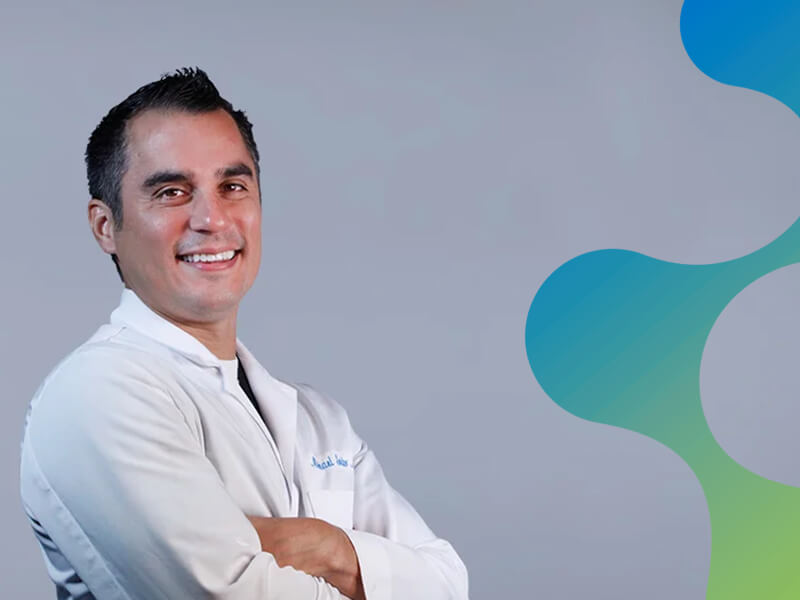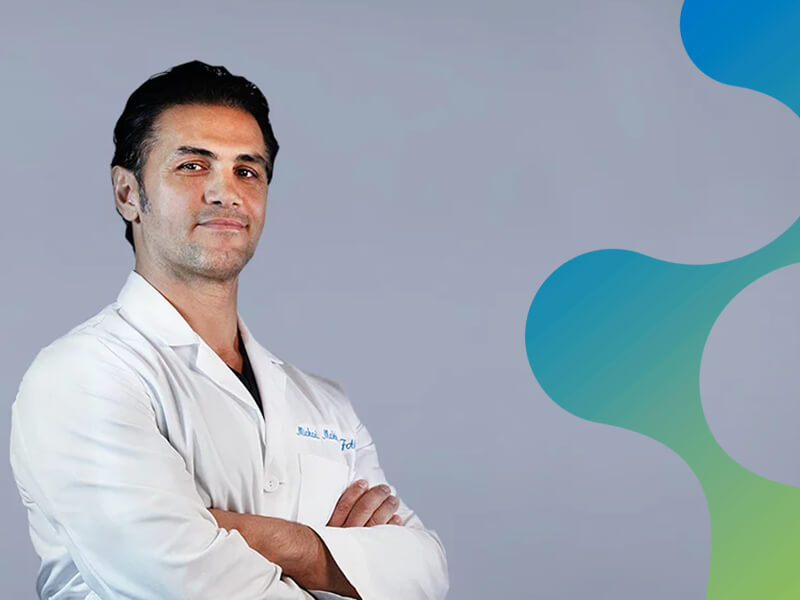NEW POSSIBILITIES IN
CANCER TREATMENTS
Our physicians use state-of-the-art technology in their fight against cancer. We evaluate every cancer patient and find the most appropriate treatment plan possible, one that offers the best chances for a cure. Using the most advanced interventional radiology (IR) procedures and imaging modalities we treat tumors directly, and avoid many of the drawbacks of more systemic treatments.
We offer treatments for the following conditions:
Long-Term Drainage Tubes for Abdomen and Chest Fluid
About the procedure
Long-term drainage tubes, or catheters, are used to drain fluid from the body of patients with pleural effusions or ascites. The drainage tube is an alternative therapy that allows patients to manage their fluid drainage at home. The tube is placed along the chest wall or in the abdomen depending on which condition is indicated. A one-way valve on the outside end of the tube prevents fluid from leaking. It allows the patient to easily drain the fluid into disposable bottles when required.
Why it’s done
A malignant pleural effusion is the collection of fluid between the lungs and the chest wall. It occurs when cancer metastasizes (spreads) to the lungs from other areas of the body to the pleural space. Long-term drainage tubes are used to remove the build-up of fluid to prevent symptoms and serious side effects from occurring. Ascites are the build-up of fluid in the peritoneal cavity which causes abdominal swelling. Ascites can occur in patients with pancreatic cancer, but the condition most often results when cancer metastasizes from other areas. Long-term drainage tubes offer an effective solution for removing the build-up of fluid in the abdomen and the chest. The risk of complications from long-term drainage tube insertion is minimal. The effect of fluid accumulation, on the other hand, can be severe or life-threatening. Symptoms don’t usually occur until the buildup of fluid becomes severe. Chest pain, difficult and/or painful breathing, bloating, and abdominal pain are some of the common symptoms associated with the conditions. Implanting long-term drainage tubes prevents the patient from having to go to the hospital regularly to have the fluid drained.
What to expect
Preparation: Don’t eat or drink anything after midnight the evening before your procedure. Your doctor will instruct you on which of your regular medications it’s okay to take. Your oncologist may instruct you to stop taking some medications such as NSAIDS or blood thinners several days prior to the procedure.
During: You will be given an anesthetic to numb the area and help you relax. In some cases, the doctor might use general anesthesia to put you to sleep. The oncologist will make a small incision and place the catheter into the pleural space in the chest cavity, or the peritoneal cavity if the fluid is in the abdomen. At CIC, we rely on image guidance to monitor and place the tube.
After: You will need someone to drive you home after the procedure. You will be shown how to use the one-way valve to drain the fluid. The drainage is usually performed every other day. The drainage tube is usually left in place for a few days, but it depends on your condition. If you experience three consecutive drainages with minimal output and there is no residual fluid on imaging, the drainage tube can be removed. The removal is usually fast, and it requires no sedation.
Getting the best cancer care
CIC is a comprehensive care center offers patients the cancer treatment and palliative care required for your situation. Our highly trained oncologists are completely devoted to providing you with the best cancer care.
Nothing matters more than getting quality care that addresses all of your needs. Our options include cancer treatment to improve your condition and the procedures required to keep you comfortable while you battle your disease. If that includes a long-term drainage tube for abdomen and chest fluid, we will perform the procedure using the most advanced technologies for your safety and comfort.

Joel R. Rainwater, MD
Chief Medical Officer

James R. McEown, MD
Internal & Emergency Medicine, Phlebology

Karen Garby, MD, RPhS
Director of Venous Intervention

David Lopresti, MD
Medical Director, Interventional Radiology

Michael Switzer, MD
Interventional Radiology Endovascular Specialist

Michael H. Makki, DO, FACC
Interventional Cardiology

Jeff Braxton, MD, FACS

Kevin Duwe, MD
Interventional Radiology Endovascular Specialist

Charles Nutting, DO, FSIR
Interventional Radiology

